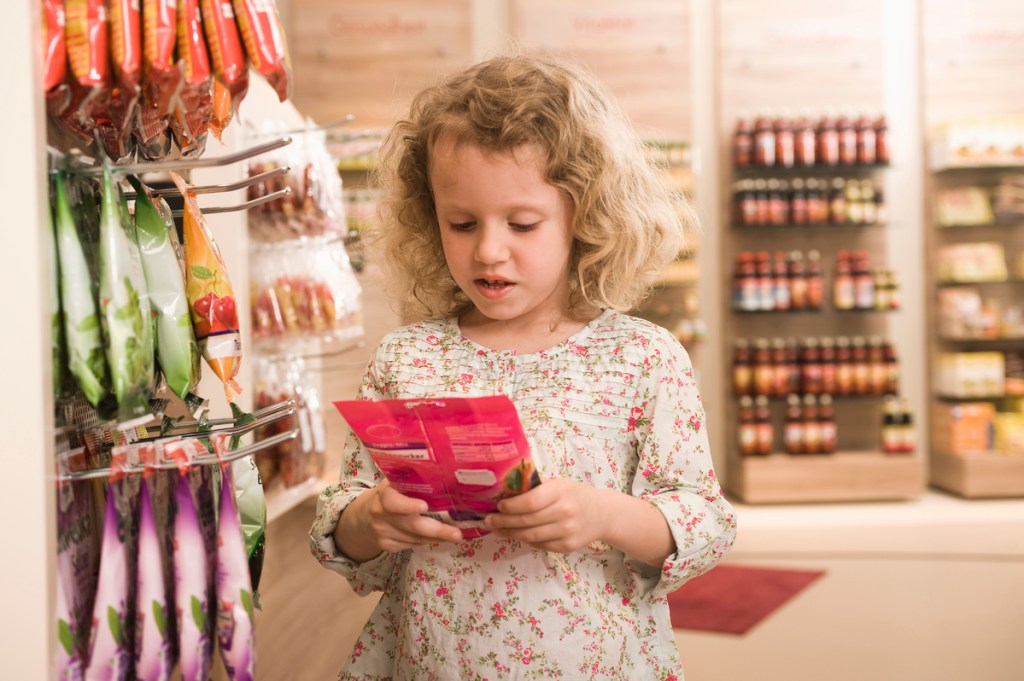Why is having a distribution strategy important?
It’s simply about money. There is a cost associated with making your product available anywhere, and there are also lost opportunities when your product is not where you can maximize revenue.
Obtaining the key tools to get started on your product distribution mapping
There are two key tools a small brand should be equipped with before mapping out product availability. First is access to accurate and reliable data for the FMCG universe within the target market or area. Second is knowing your arch competitors, which will essentially be your benchmark for key milestones. which will essentially be your benchmark for key milestones.
Armed with these key tools and a good understanding of what financial resources you have to support distribution, it’s time to identify which store locations are best at selling your products.
3 key distribution terms to know
Numeric distribution
There are three ways to view distribution: numeric distribution, weighted distribution, and distribution efficiency.
Numeric distribution is the total number of stores that carry the product or category that is relevant to you. For example, let’s say that in a specific market there are ten stores that sell FMCG products, but only 6 of them sell peanut butter. In that scenario, the numeric distribution of peanut butter is 60 percent. This can be applied to a brand, a category, or a specific SKU. The ones not holding your category can be opportunities for distribution expansion in the future.
Weighted distribution
But just knowing the number of stores out there is not enough, since not all stores are equal. So, next we look at weighted distribution. Weighted distribution takes into account the turnover of the category. It is more a measure of the quality of distribution — answering the key question, “How important are the stores where a product is available?”
From there you can tell which stores hold a higher chance of selling your product effectively. You could stop here and simply target those with higher scores, and move down the list, but we recommend an additional step.
Distribution efficiency
That brings us to the third key distribution item to know: distribution efficiency. This metric requires you to identify the key competitors against which you’re benchmarking your performance. For this exercise to be more efficient, it’s best to have at least two competing brands, if not more, within your scope.
Distribution efficiency measures exactly what the name suggests. It communicates the fact that a brand is in x number of stores, of which y are of high value (according to weighted distribution). In other words, it helps gauge whether your current distribution has room for improvement. The equation is simple:
Distribution efficiency = Weighted distribution ÷ numeric distribution
The higher the score, the greater the efficiency and — consequently — the higher the return on investment.
Start with analysis
In sum, to create a strong distribution strategy, you should start with an analysis of the market landscape:
- Identify the numeric distribution of your category
- Understand the weighted distribution of your brand or product
- Compare your distribution efficiency vs your competition to identify opportunities for distribution optimization
- Understand the requirements and the methodologies for getting on the shelves of top retailers (based on the last three points).
- Evaluate all the information against your financial and physical resources. Determine which best-fit stores you can afford to pursue. Expect to make adjustments.
Key metrics for product distribution
The retail landscape is a living organism: New formats continuously show up, tiers change and as such, your distribution strategy should be continuously revisited for greater efficiency.
The key indicators for distribution efficiency are like anything else in the world of FMCG and CPG — when volume and value are not performing, all P’s of a product strategy should be reassessed, including Place (distribution).
Armed with the right analysis, and ready to take action, the next steps for retail success require the right data partner to help you identify the high turnover or key stores for your category to expand and optimize your weighted distribution.

Fuel your growth
Contact our dedicated small to medium business team to see how your business can access market, category and channel data.




